The difference between Arabica and Robusta the harm of robusta beans
The two most common varieties of coffee we see are Arabica and Robusta. Arabica appears as boutique coffee, while Robusta appears with Italian beans. Each has its own stage. The overall flavor of Robusta coffee is inferior to that of Arabica coffee, with twice as much caffeine as Arabica coffee. If a friend who is sensitive to caffeine drinks Robusta coffee, he may count the stars in one night. But if a friend who wants a pick-me-up drinks Robusta coffee, it's the best pick-me-up.

Coffee is also a crop. Coffee is a flowering and fruiting Rubiaceae tree species, because the fruit is usually red or purple similar to cherries, also known as coffee cherries. Our most common coffee beans are seeds without pulp. There are usually two coffee seeds in each fruit. A coffee tree can produce about 0.9kg of raw beans every year. There are hundreds of varieties of coffee in the world, and only Arabica and Robusta are widely grown for commercial purposes, of which Arabica accounts for 70%.
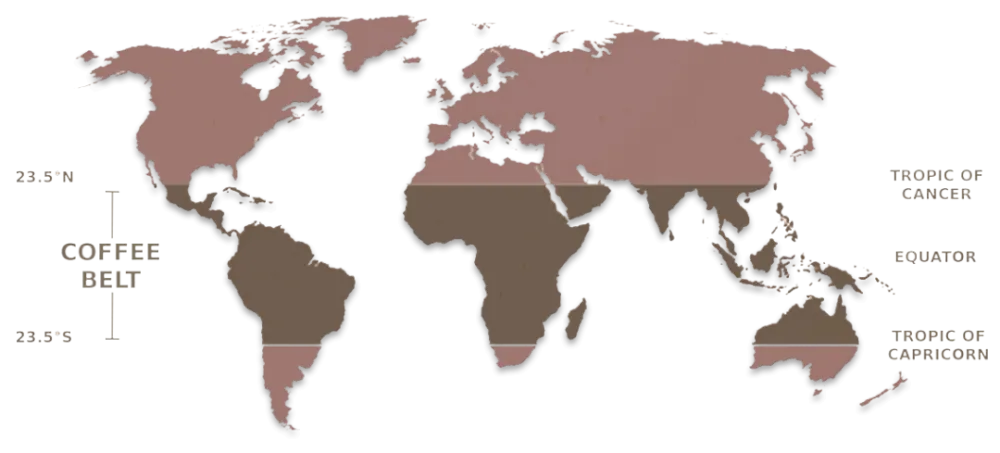
As a tropical cash crop, coffee is mostly grown on the coffee belt between the Tropic of Cancer and the Tropic of Cancer, requiring relatively high and stable temperature, abundant annual rainfall and sunshine, and fertile soil with good drainage, all of which are suitable conditions for the production of high-quality coffee. Today, the "coffee belt" covers more than 70 countries and regions, such as Brazil, Colombia, Ethiopia, Kenya and Indonesia in the Qianjie bean list. And Yunnan and Hainan are also on the coffee belt, each coffee producing area has a unique planting environment and microclimate to provide a variety of growth conditions for coffee trees, forming a unique flavor and taste.
Arabica:
Also known as small coffee beans, originated in Ethiopia. Arabica coffee trees mostly grow in the altitude of 1000 Mel 2000 Michael; more hardy, the suitable growth temperature is 15 Mel 24 ℃; it needs more humidity, the annual rainfall is not less than 1500 ml, at the same time, it also has higher requirements for cultivation techniques. Arabica coffee tree is a large shrub with oval, dark green leaves and oval fruit. Generally, there are two slightly flattened beans with long oval on the front, narrow and curved cracks in the middle, S-shaped, and smooth arc on the back of the beans. Caffeine content is about 0.8% Rue 1.5%.
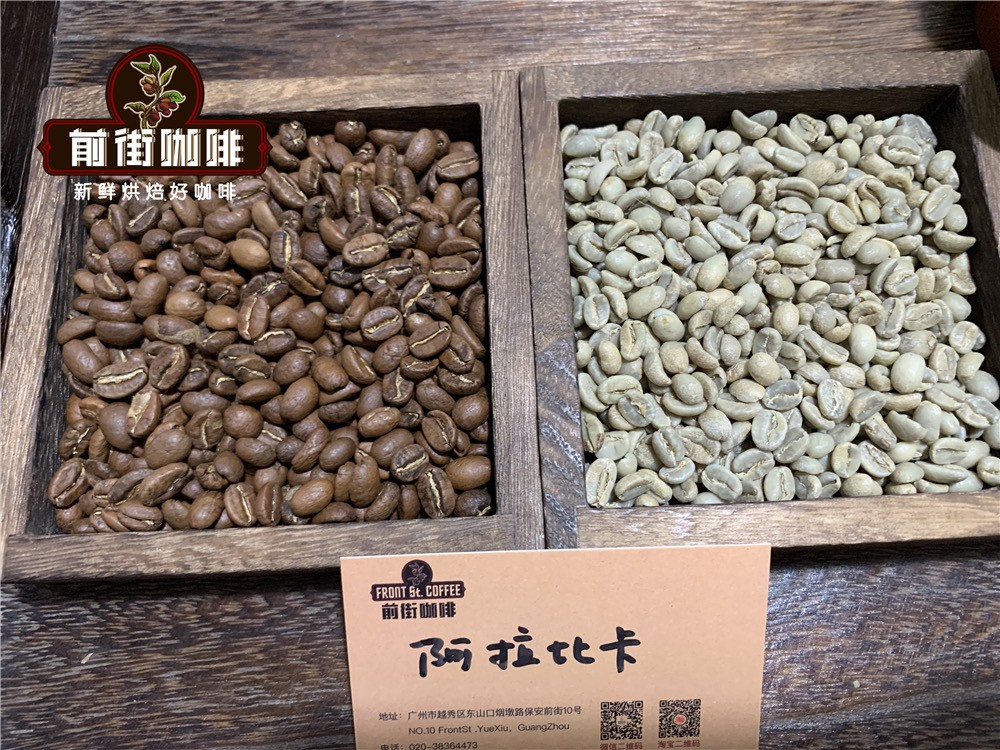
Arabica coffee's excellent flavor and aroma make it the only coffee that can be drunk directly and alone among these native species, such as the Blue Mountains of Jamaica, Mantenin of Indonesia, Yega Snow Coffee and Brazilian Coffee. However, it has weak resistance to dryness, frost, diseases and insect pests, especially leaf rust, which is the biggest natural enemy of coffee, so all producing countries are committed to improving varieties.
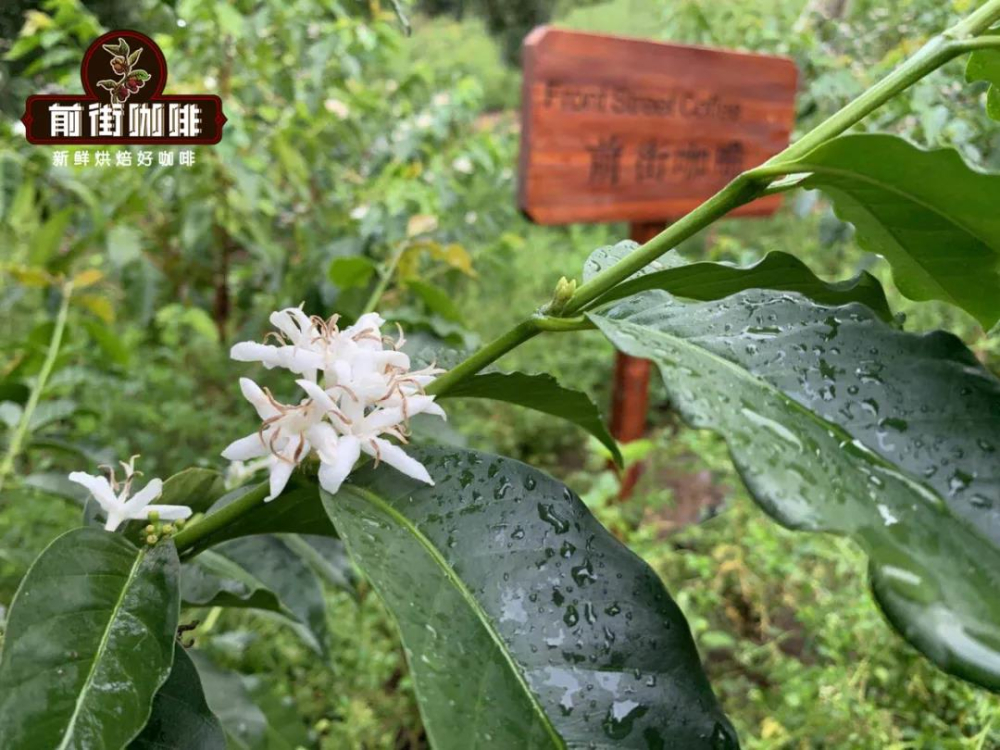
Arabica coffee produced in different regions, different elevations and different climates has its own characteristics and can show completely different individual flavor. It smells like grass when it is not baked, and after proper baking, it shows "fruity" (medium-shallow baking) and "caramel flavor" (deep baking). Suitable for a single origin and a variety of mixed beans, can be made using a variety of extraction techniques.
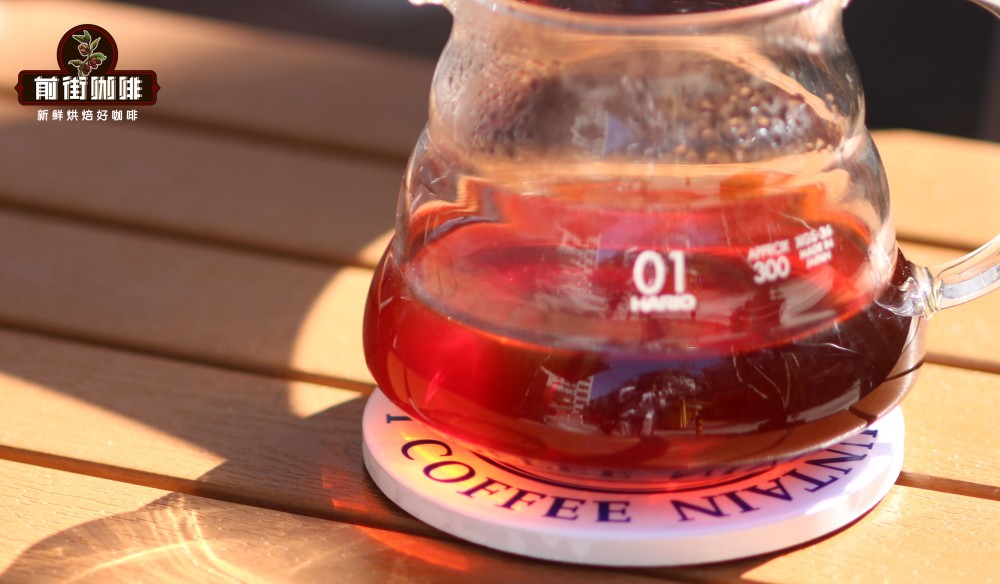
Arabica has almost twice as much sucrose as Luodou. Sucrose is converted into aromatic substances during baking, making the coffee more fragrant and sweet.
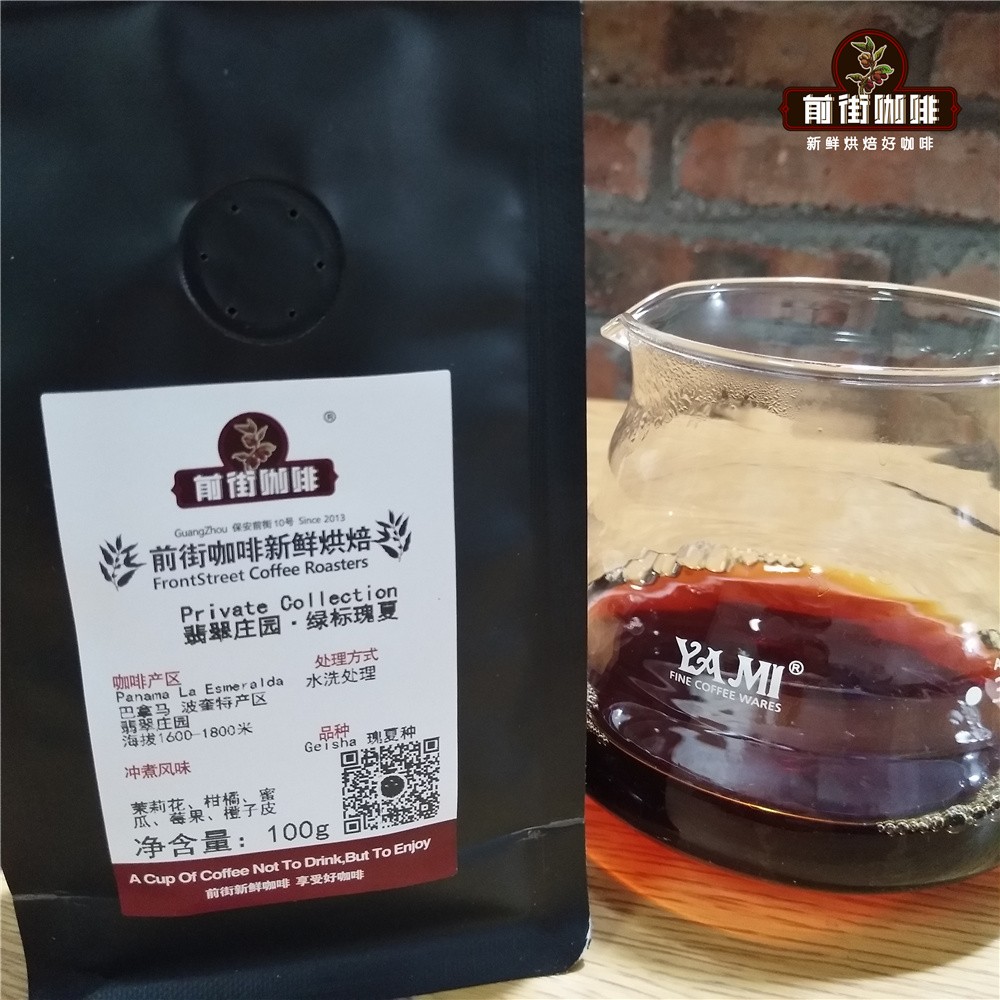
In the past, people drank coffee only for a rich and mellow bitterness. with the continuous promotion of boutique coffee culture, people have higher requirements for the taste, taste, and quality of coffee. Therefore, aroma-diverse Arabica beans are more in line with the high needs of the current boutique coffee market than Robusta. For example, the rosy summer coffee in front of Panama has a unique fragrant orange honey rhyme, which makes the taster feel as if he is drinking a cup of fruit tea.
Robusta
Robusta, also known as medium-grain coffee beans, is native to the Congo in Africa. Robusta coffee trees are mostly planted in the lowlands 200-800m above sea level. They like the warm climate and require a temperature of 24 ℃, but not a high demand for rainfall. However, the variety relies on insects or wind to pollinate, so coffee takes 11 months from pollination to fruit, which is longer than Arabica.
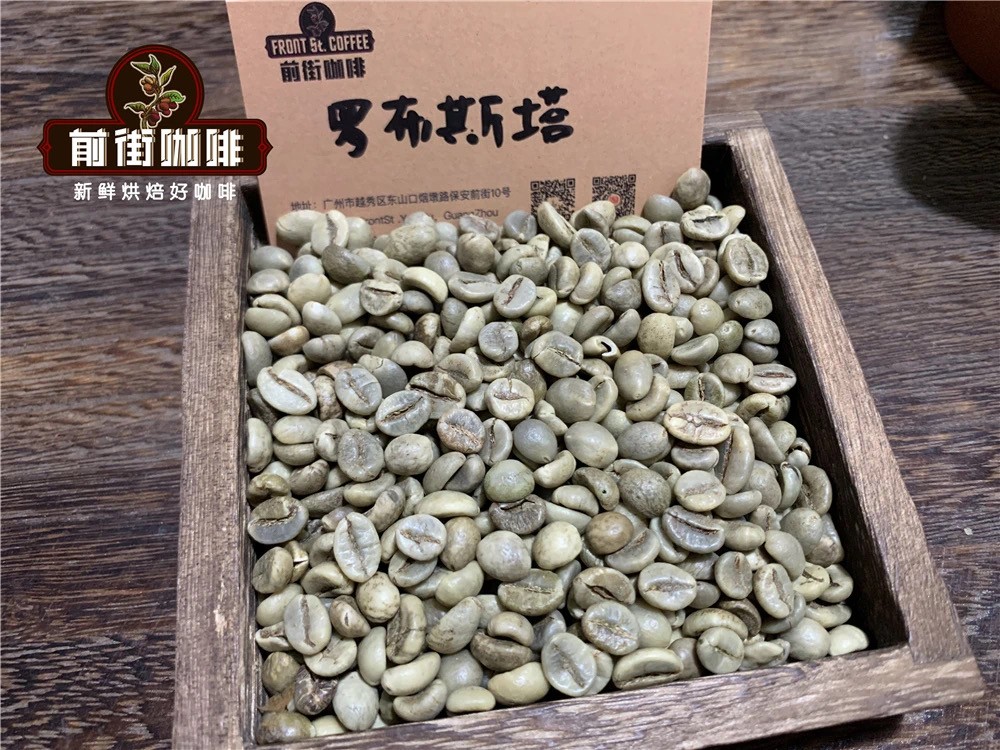
The Robusta coffee tree is a tree between a shrub and a tall tree with long leaves, bright green leaves and up to 10 meters tall, but its roots are shallow, the fruit is fuller than Arabica beans, and the central line is split vertically. it is usually flat or raised in the middle from the side, feels harder than Arabica beans and feels like pebbles.
Robusta coffee is generally inferior to Arabica in flavor.
Robusta coffee has the advantages of strong adaptability, easy planting, fast growth and high yield. in general, the treatment of raw beans is relatively extensive and low quality (there is also a small amount of washed refined robusta). Robusta coffee has a round and rugged shape, relatively small grains, mixed beans, bright and strong flavor, mainly bitter taste, and has a bad rubber taste or mildew smell because of its low level of raw bean treatment. most Robusta beans are not suitable for drinking as a single coffee, and a few Robusta beans are used as Italian ingredients. The proportion is very low (but it does not rule out the fact that very few high-quality Robbosa beans can reach more than half of them). In general, robusta coffee is used in instant coffee (which extracts about twice as much liquid as Arabica), canned coffee, liquid coffee and other industrial coffees.
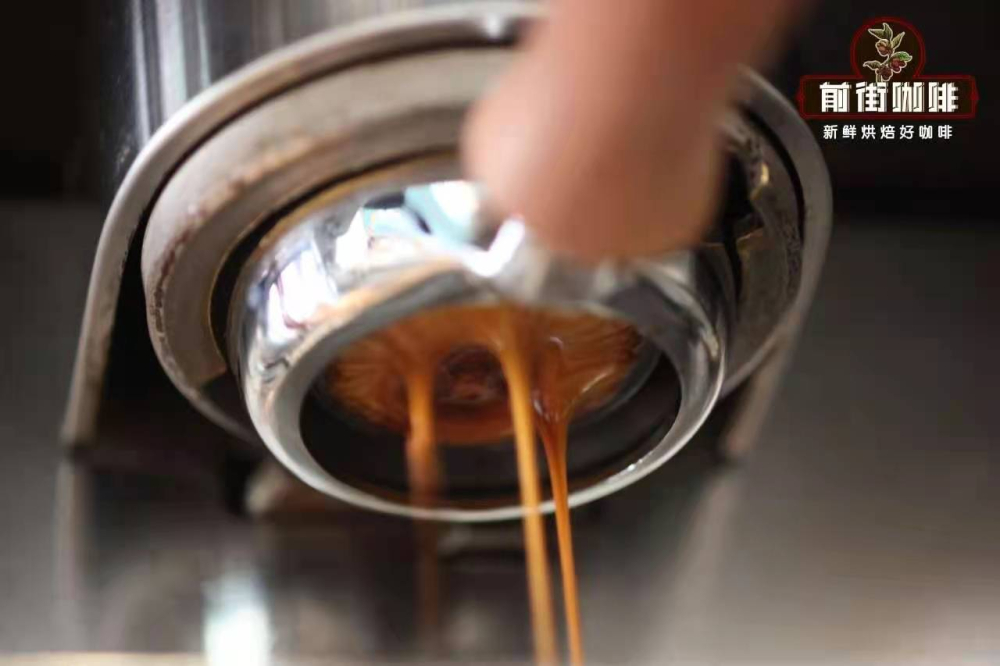
Compared with Arabica, the Robusta variety has a higher caffeine content, about 2.7% Mel 4%, twice as much as Arabica. As a natural pesticide of plants, caffeine can be protected from most insects. From the planting point of view, Robusta coffee tree can withstand high temperature, cold, drought and humidity. In addition, the fruit yield of a single plant of Robusta is also very high, and it has a strong ability to adapt to the environment. It can generally be planted in low-altitude plains, and it can be directly managed and picked by machine, and the price is naturally cheaper. Therefore, the production cost of Robusta planting is lower, and it is more suitable for commercial mass production.
As for Robusta, what's the harm of growing coffee?
Qianjie thinks that all kinds of coffee are coffee, and the function of that coffee is the same. It's just that Robusta coffee is nearly twice as caffeinated as Arabica, bitter in flavor, earthy and not as rich as Arabica. So it is often used in the formula of deep-baked Italian beans or the raw material of instant coffee. If there is the biggest difference, it is caffeine. If you are sensitive to caffeine, don't drink Robusta's coffee, or it will be a sleepless night. But the Robusta variety plays an important role in the business world. The value of Robusta is not as a negative example to set off how advanced the flavor of Arabica is, but has an unshakable position in Italian beans. Italian blending will add a small amount of Robusta to the blend to increase the alcohol thickness of the coffee and produce a more oil-rich Espresso.
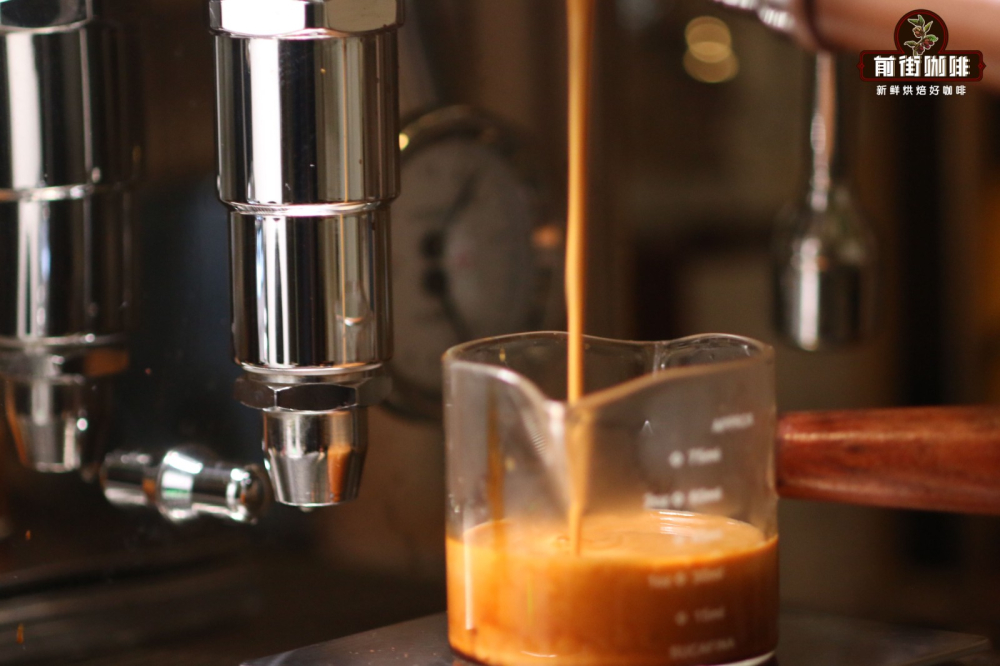
Espresso and milk blend to show a mellow and full-bodied taste, milk coffee because of Robusta and Arabica complement each other, become more full-bodied and mellow, Robusta makes up for Arabica's mellow.
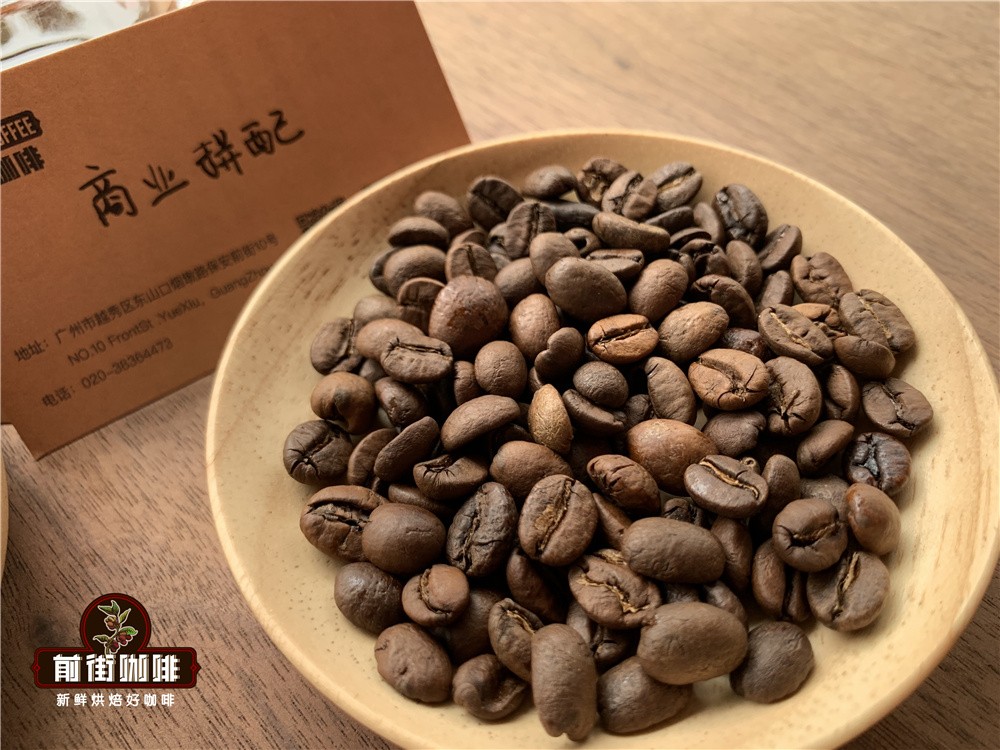
The commercial Italian blend of coffee beans on the front street can produce rich and fragrant coffee oil, so 10% water is added to wash the robusta coffee beans. Combine with Colombian washed coffee beans (30%) and Brazilian half-sun coffee (60%) to form a commercial blend of coffee beans on the front street. The espresso has rich golden grease and nutty aromas. When you taste it, the coffee will be bitter, but it will be more creamy and full, and after swallowing, the bitterness will dissipate and the lips and teeth will stay fragrant.
Suggestions for making coffee in front of the street:
No matter what kind of coffee is brewed, the freshness of coffee beans is very important. Qianjie has always believed that the freshness of coffee beans has a great relationship with the flavor of coffee, so the coffee beans shipped in Qianjie coffee are roasted within 5 days. The purpose of Qianjie roasting is "freshly roasted coffee", so that every guest who places an order is the freshest coffee when he receives it. The bean cultivation period of coffee is about 4-7 days, so when the guest gets it, it is the time when the flavor is the best.

For those who need to be ground, Qianjie warmly reminds you that if the coffee beans are ground in advance, there is no need to raise the beans, because in the process of transportation, the pressure caused by carbon dioxide in the package can also make the coffee flavor round. so you can drink a cup of coffee as soon as you receive the coffee powder. But the coffee powder needs to be brewed in time, because the coffee powder oxidizes more quickly after contact with the air, that is to say, the flavor of the coffee will dissipate more quickly, and the flavor of the coffee is not so good. Therefore, Qianjie suggests buying whole beans, grinding and flushing now, so that we can better taste the flavor of coffee.
Professional coffee knowledge exchange more coffee bean information please follow the coffee workshop (Wechat official account cafe_style)
For more boutique coffee beans, please add private Qianjie coffee on Wechat. WeChat account: qjcoffeex
Important Notice :
前街咖啡 FrontStreet Coffee has moved to new addredd:
FrontStreet Coffee Address: 315,Donghua East Road,GuangZhou
Tel:020 38364473
- Prev

Technical details of espresso production wet powder coffee oil commercial blending of coffee beans
Ristretto, is the higher level of Espresso, this kind of coffee will be more intense than Espresso, it can be understood in a simple way: over-extracted espresso. But Ristretto, like Espresso, is the most essential part of the coffee, a full-bodied espresso. The refined espresso has a strong aroma and bitter taste
- Next

Cappuccino coffee cappuccino foam coffee cappuccino coffee cappuccino coffee machine
On the basis of Italian espresso, add a thick layer of foaming milk to make cappuccino coffee cappuccino. The quality of espresso can be seen in milk and foam, but it is still an important factor in determining the taste of cappuccino. Pour the partially skimmed milk into a pot, then use a foamer to foam, inflate, and
Related
- Beginners will see the "Coffee pull flower" guide!
- What is the difference between ice blog purified milk and ordinary milk coffee?
- Why is the Philippines the largest producer of crops in Liberia?
- For coffee extraction, should the fine powder be retained?
- How does extracted espresso fill pressed powder? How much strength does it take to press the powder?
- How to make jasmine cold extract coffee? Is the jasmine + latte good?
- Will this little toy really make the coffee taste better? How does Lily Drip affect coffee extraction?
- Will the action of slapping the filter cup also affect coffee extraction?
- What's the difference between powder-to-water ratio and powder-to-liquid ratio?
- What is the Ethiopian local species? What does it have to do with Heirloom native species?

